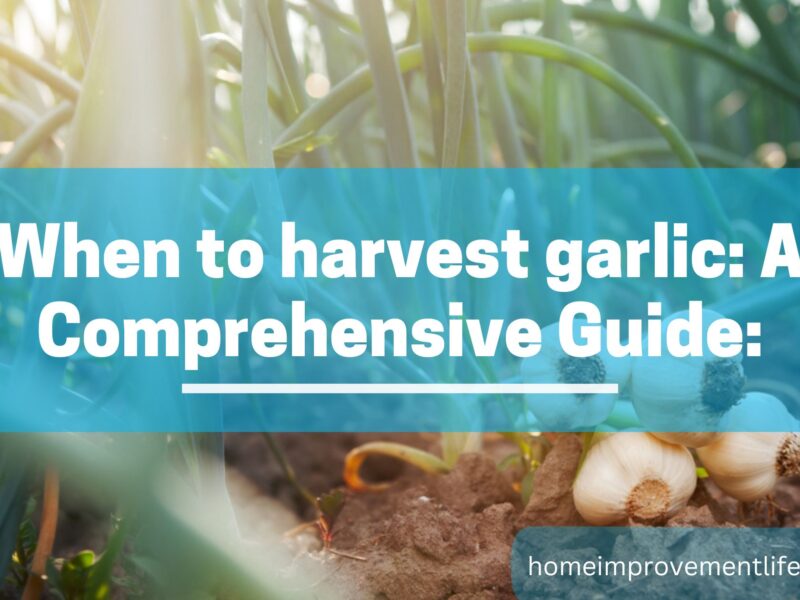When are olive trees hardy?
Arbequina olive tree, When olive trees are hardy, they can stay outside during the winter and don’t need winter quarters. In this article, I would like to tell you about my experiences with my olive tree, which is hardy in the Rhineland. Whether you can buy olive trees and spend the winter outside depends primarily on the winter climate. You can also find information on this in this article. Finally, you will find information about which olive trees are better and less suitable for wintering outdoors.
Arbequina Olive trees are popular Mediterranean trees with a long tradition and great symbolic power. The trees are considered conditionally hardy because they can withstand frost to -10°, sometimes even -12° C. However, olive trees also react better or worse to certain winter climates. You are the one who can assest your olive trees when they are hardy, I would like to report on my positive experiences with olive trees that have proven to be hardy in the Cologne area.
Cold Hardy Olive Trees – My Experiences
If you want to leave an olive tree outside in winter, the hardy olive tree will become cold. It would help if you were sure it would survive the wintry weather. It is a best dealt in your location and the winter climate there. Of course, it is also about the olive tree and its frost resistance.
I have had an olive tree in my garden in the Rhineland for five years, which has spent most of the winter outside. I gave the tree to my wife as a small trunk of about 120 cm. Meanwhile, it has doubled its height to 2.40 m. In summer, the olive tree has a place in the back of the garden, with plenty of space and enough sun. When the other potted plants have been cleared from the terrace to their winter quarters in winter, the olive tree gets a place in the house. There I put it – like at the summer place – on pot feet, which should ensure that the water runs off well. I also wrap the pot in an old tablecloth. This should protect against cold but also moisture.
Only twice did I put the olive tree, which is still in the bucket, in the frost-free garage for about a week each time, as the temperature should fall below -10°C. Even the short time in the dark garage did not harm the tree. I haven’t had any problems with frost at all, mainly because of the mild winter temperatures in recent years. However, the problem now is the wetness. Especially the current weather conditions in June 2016, with a lot of rain, left traces of yellow leaves on the olive tree. When planting olive trees, it is not just the winter that matters but also the climate in the summer.
NURTURE AND CARE: OLIVE TREES ARE SENSITIVE
Care plays a very important role in the olive tree. Modern methods of increasing yields and plant management can achieve good short-term effects, but olive trees react poorly to stress and forced changes. Harvesting must be done carefully and by hand. This is more complex and expensive but less stressful for the tree. This keeps the quality and quantity of the fruit high. And finally, of course, the quality of the olive oil obtained.
OLIVE FLY: COMBAT PESTS GENTLY
The worst pest for the olive tree is the olive fly because it lays its eggs in ripe olives. The caves of these flies expose the olives to oxidation and form the brood nest of the larvae. To combat this fly, deadly decoy traps for the male flies are hung in each tree. This prevents the pests from multiplying. Attaching the traps is very complex and time-consuming since everything has to be done by hand. But this saves an artificial pest control that would have to be sprayed on the olive trees.
HARVEST TIME: STRIP THE OLIVES BY HAND

The olives are harvested between November and February. Here, careful olive farmers gently strip the olives from the branches and catch them in spread-out nets, so they are not mixed with the fallen, damaged, or rotting olives. Speed plays a major role: the harvested olives have to be transported to the mill within a few hours so that they don’t oxidize due to the pressure and heat of storage – this is one of the quality characteristics of good olive oil! Twigs, leaves, and inferior fruit are naturally selected. The good olives are washed under running water to remove dust and dirt. Then they are pressed.
Help, my olive tree is losing its leaves. What is the reason?
If the olive tree loses leaves in winter, there can be two reasons:
- Either he was watered too much or
- got too little light.
What to do when the leaves start falling?
If it has been watered too much and waterlogging has formed, the wet soil can be replaced with fresh dry soil. Watering should be stopped until the soil has almost dried out. If the lack of light is the reason for the leaf fall, the olive tree should be moved to a brighter location.
What to do if the olive tree loses its leaves during the winter?
The olive tree is far from dead, but it is endangered. Ultimately, doing almost nothing is best here:
- Maintain winter protection, if necessary, and even increase it since you no longer have to take the leaves into account when packing.
- The tree can also be overwintered in the dark in a cellar if it is frost-proof and yet cool enough.
- Be sure to stop watering the pot.
In February, you can cut back the olive tree heavily (rule of thumb: cut the shoots in half). From March, the olive tree can go out on nice days. It can also stay outside from April and May at night, except when there is spring frost. ealtSo there is a good chance it will grow again as the temperatures rise.
CONCLUSION: THE OLIVE TREE IS A HARD AND TOUGH GUY
Olive farmers will always be able to confirm how resilient the olive tree is. It burns like tinder in a fire and freezes like the most delicate of flowers in frost. But he doesn’t die. A shoot will always mature and grow from the roots, even after giving up the tree. Many years indeed pass before the olive farmer has tamed and shaped the wild and undisciplined growing greenery, and then many more years pass until the first real crop can be harvested, but the tree lives. A unique will to live is therefore attributed to the olive tree. And it has a special status among cultivated plants because it is cared for even though the market value of its fruit cannot pay for this effort. Once under the spell of the dignified olive tree, he feels a debt to the trees, to the unique tradition that rests in the root system. The tree has a right to respect and care. This is the only reason there are still so many olive groves in the Mediterranean region.


